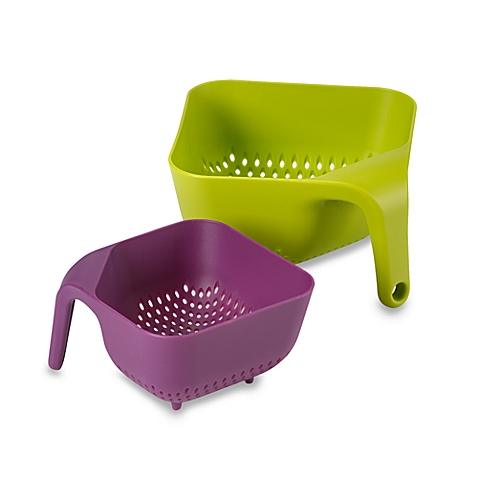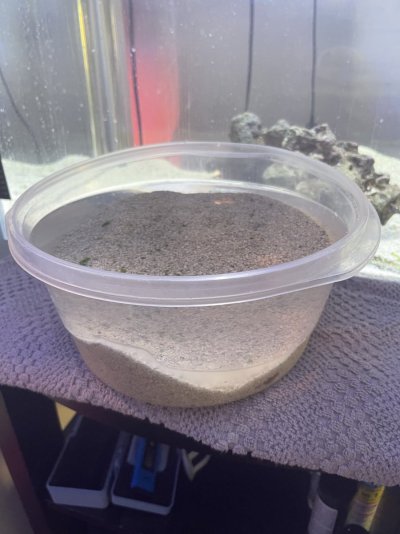- Joined
- Dec 28, 2016
- Messages
- 22,829
- Reaction score
- 21,964
THAT is interesting - I have never seen that type of lesion - were they there when you bought/got him? It could be some kind of intestinal parasite/intestinal obstruction. How big is the fish - are the lesions visible from both sides? are they getting better/worse?I have a longnose butterfly that looks like has ich. But he also has some pimple looking spots on his side. Opinion seems to be an issue with copper. I only got him a few days ago and he is a joy! He perks up when food is presented but I have not witness him eating.
I did a freshwater dip and that's when the ich became apparent. I was wondering if TTM would work to cure the ich and in every other transfer I can medicate the pimple spots with Kanaplex or Metro? I am worried about treating him with copper if that is the general consensus of the pimple spots. But I also know I cant mix metro or kanaplex with copper so I wouldnt be able to treat it anyways.


I would strongly suggest that you start a new thread with this post. I think you need to be treating the Cryptocaryon sooner than later. I might consider chloroquine. Of course copper is also an excellent option @vetteguy53081 @Jay Hemdal
@nereefpat @fishguy242
Last edited:























